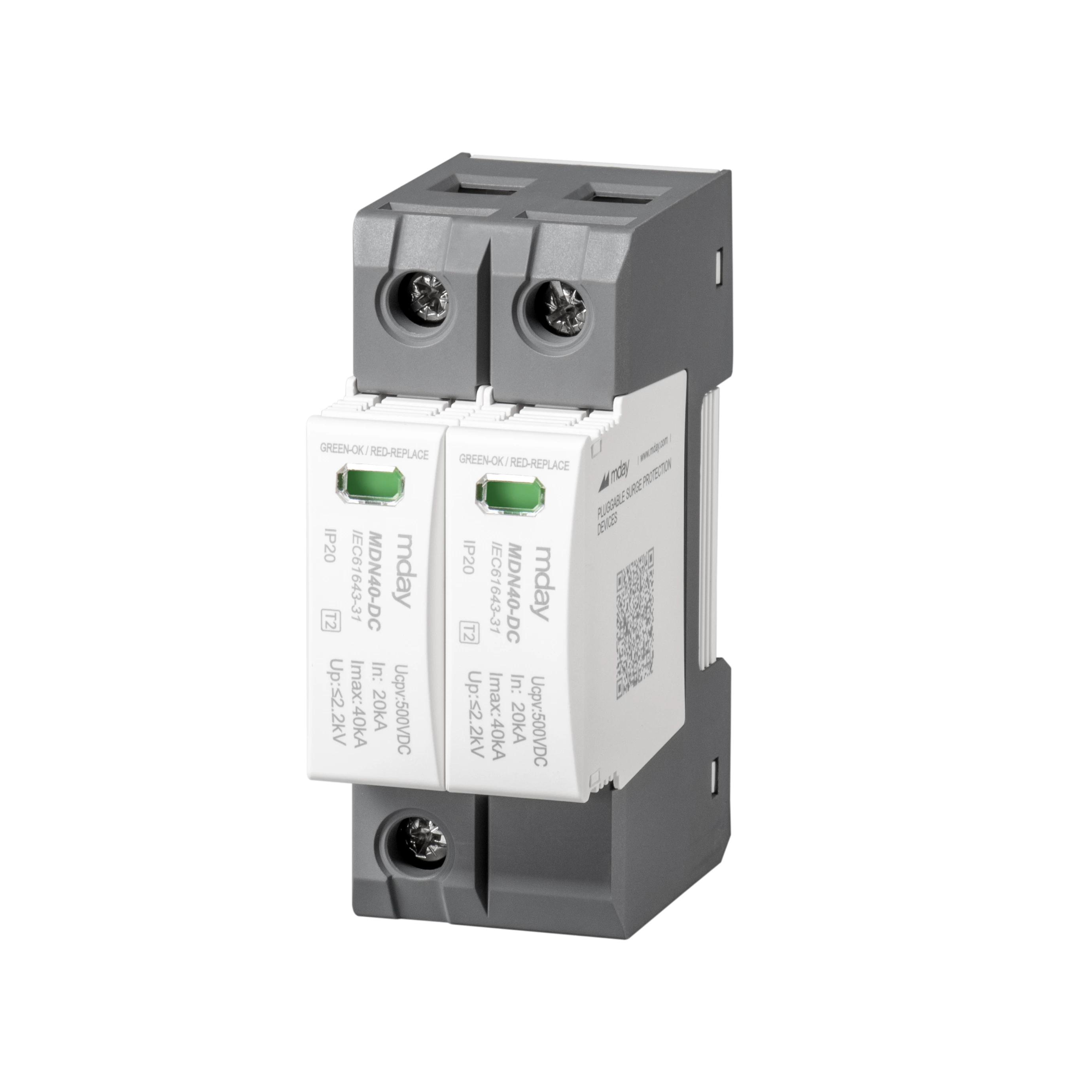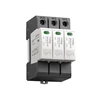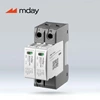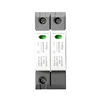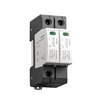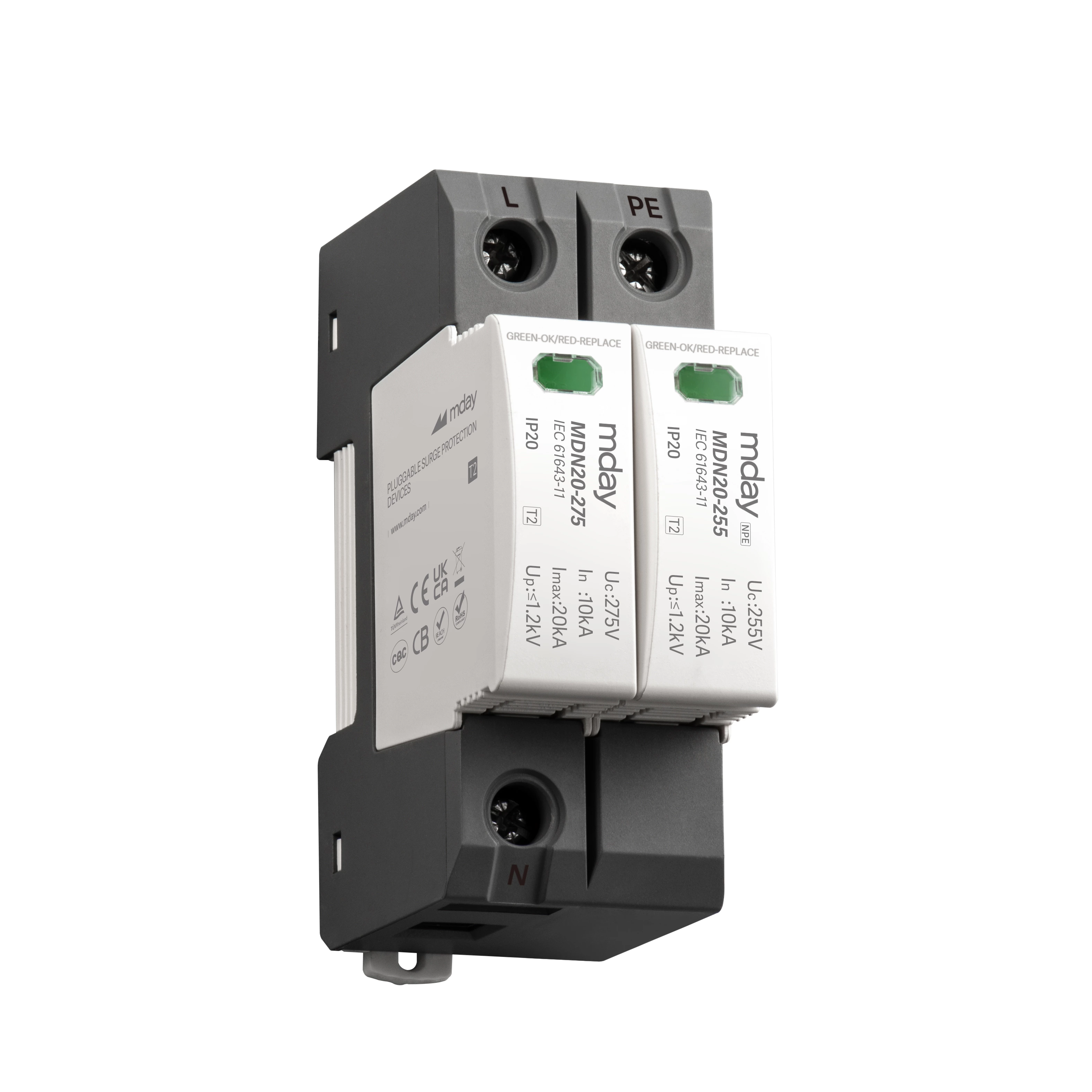The Difference Between The First, Second And Third Level Installation Positions Of Surge Protectors
What is the difference between the first-level, second-level and third-level installation positions of surge protectors? The editor recently contacted customers and found that most of them had the same problem. I don’t know much about the differences and installation positions of the various levels of surge protectors. When I encounter problems, I have to consult the manufacturer, which wastes time and energy and affects the progress of the work. The following editor makes the following analysis on the differences between the first-level, second-level and third-level installation positions of surge protective device.
What is the difference between the first-level, second-level and third-level installation positions of surge protection device? Technical Specifications for Lightning Protection of Electronic Information Systems in Buildings (GB 50343-2012) 5.4.3 requires: For AC power supply lines entering buildings, at the junction of LPZ0A or LPZ0B and LPZ1 areas such as the main distribution box of the line, a surge protector of Class I test or a surge protector of Class II test should be installed as the first-level protection; at the junction of subsequent protection areas such as the distribution box of the distribution line and the distribution box of the electronic equipment room, a surge protector of Class II or Class III test can be installed as the subsequent protection.
What is the difference between the first-level, second-level and third-level installation positions of surge protectors? The first-level power surge protector is mainly installed in areas with high risk of direct lightning strikes. Its function is to discharge current. Its tolerance is mainly considered to protect against direct lightning strikes. It is mainly installed between LPZ0A and LPZ0B and LPZ1 according to the lightning protection zoning of the building; the commonly used impulse current Iimp values are 12.5Ka, 15Ka, 20KA, and 25Ka.
What is the difference between the installation positions of the first-level, second-level, and third-level surge protectors? The second-level power surge protector is installed at the entrance of the lightning arrester, the main distribution cabinet, or near sensitive equipment. Its main function is to limit voltage. It is installed between LPZ 1 and LPZ 2 according to the lightning protection zoning of the building; there are many types of second-level products, and its common maximum discharge current Imax values are 20Ka, 40Ka, 80Ka, 100Ka, etc. The second-level power surge protector mainly considers its voltage protection level up value.
What is the difference between the installation positions of the first-level, second-level, and third-level surge protectors? The three-level power surge protector is installed in the area behind the building's lightning protection zone LPZ2 to protect sensitive and long-distance equipment. Its main function is to clamp the voltage and reduce the residual surge voltage on the line to less than 1.0V; the three-level surge protector is usually installed at the front end of the terminal device to be protected.
The above analysis of the differences in the installation positions of the first, second and third level surge protectors, I hope it can help you. Here, the editor also emphasizes that the prices of the first, second and third level surge protectors are also very different due to the different installation positions and the size of the overvoltage protection. Relatively speaking, the first-level power surge protector has a strong discharge capacity, a large flow rate and is the most expensive, and the second and third levels decrease in turn. If you have any questions, please feel free to consult at any time.
